Considering a Black Friday phone deal? Here's what all those phone specs mean
There are going to be plenty of Black Friday phone deals this year - we've already got over 100 phones we're expecting sales for, and that list could get even longer - so if you're looking to buy a new smartphone, odds are you'll see a price cut on many handsets.
But when you're looking to buy a new smartphone, if you're not well-versed in the terminology, sometimes the descriptions can be a bit confusing. That applies to retailer listings and descriptions from websites like TechRadar, as everyone's understandings of tech is different.
So if you're looking for a new smartphone but don't know the lingo, you could easily get lost and not know what many of the terms means. What does a 'telephoto' camera do? Is a Snapdragon 665 chipset better than a Mediatek Helio G80 one? What is a chipset anyway, if it's not a collection of Doritos?
To help you out, we've come up with this beginner's guide to phone listings and specifications, so you can get a better idea as to what you're looking at in phone lists.
- Check out our Black Friday deals roundup
Screen
The size of a phone screen refers to the distance between diagonally-opposite corners - so a 6-inch screen has six inches between the top-left and bottom-right edges, for example.
Generally sub-6-inch screens could be considered small, so good for people who don't want a big device, while 6.67 inches and above would be pretty big. Whether you want a small, medium or big-screen phone depends on your hand size, and if you want to use the phone one-handed or two-handed.
If you see 90Hz, 120Hz or 144Hz referenced, that's the refresh rate, or how many times the image on the screen is refreshed per second. The 'standard' is 60Hz, but many phone makers have started using higher refresh rates as a big selling point.
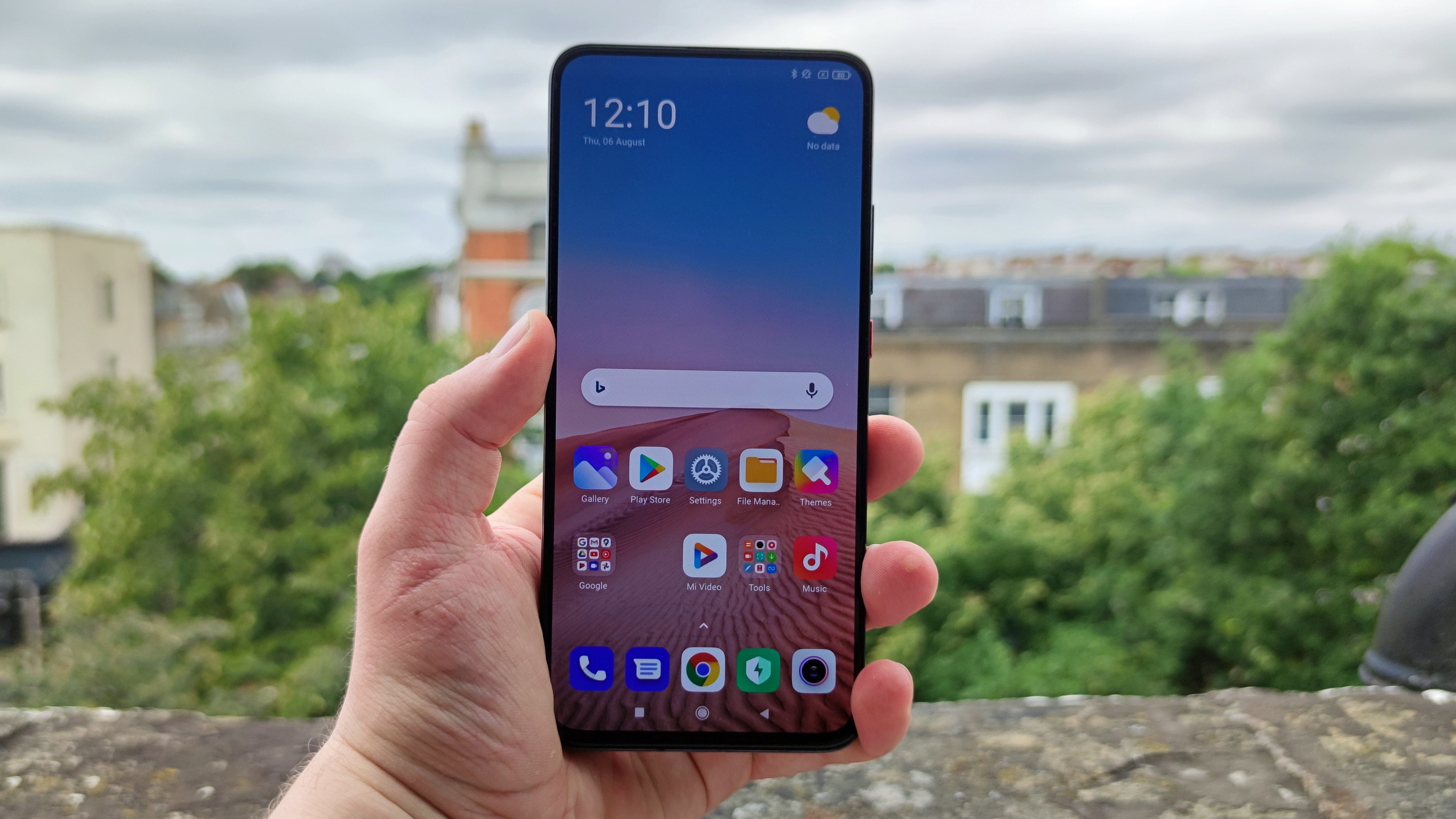
Higher refresh rates generally make motion on a screen look smoother, so if you're playing a game or scrolling through social media, it looks a little more silky. Some people love high-refresh-rate screens, while some others don't care or don't even notice.
The resolution of a screen simply refers to the number of pixels, in terms of length and width. 1080 x 2400 has 2400 pixels lengthwise and 1080 widthwise, though such a measurement would sometimes be shortened to 1080p, QHD or FHD+. There's also 720p, or HD+, 1440p or 2.5K, and 2160p which is popularly known as 4K.
FHD+ is the standard resolution most phones have, but more affordable ones have HD+. One or two handsets have 2.5K screens, and Sony's Xperia 1 devices have 4K screens. Higher resolution makes content look a little more sharp and crisp, though many games and streaming services cap at FHD+ anyway.
Finally LCD, OLED and AMOLED are display technologies. The difference would take thousands of words to discuss, and the pros and cons of both are fiercely debated in the TVs world, but we'll cut that down to what it means to you.
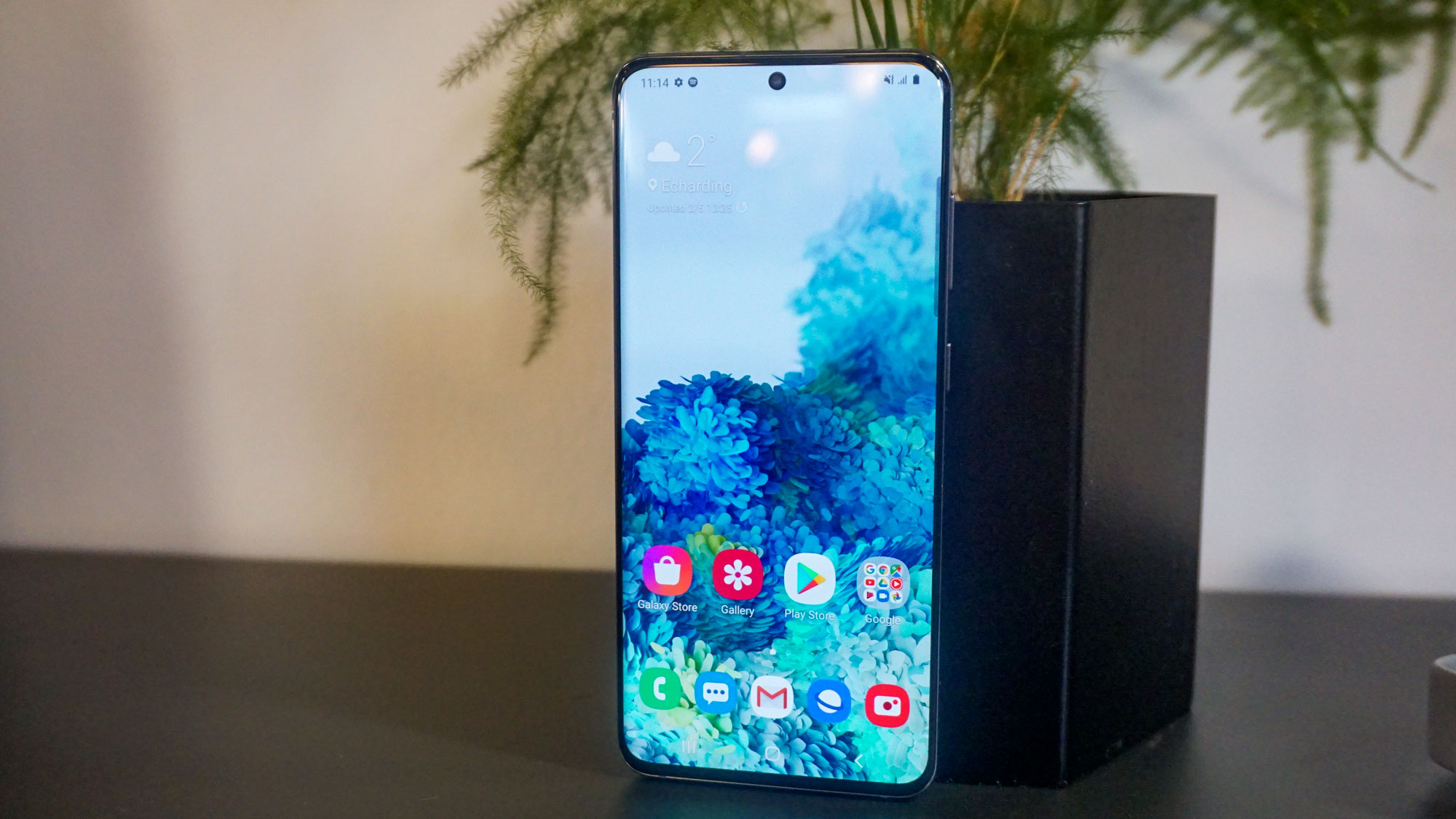
LCD screens are found in more affordable phones, as they cost less to make. They make colors look a little dimmer, and have worse contrast, but they are easier to view in direct sunlight, and cause less eyestrain for some people.
OLED displays make colors and contrast look better than LCD using higher brightness. AMOLED has these benefits too. They're generally considered to look better, but they do cost more.
Design
There's not a whole amount we can say about phone design - mainly because most phones look very similar, and also because design is more about your preference than something being 'better'. Plus all phone deals listings will have pictures, which say more than our words can.
Affordable phones tend to have plastic backs, which are sturdy but don't feel as great in the hand. The majority of mid-range and premium phones have glass builds, which feels great, but isn't as durable. This is even more the case with ceramic, which feels amazing but is sometimes even more fragile. Some phones also have metal, which is heavy but doesn't break easily.
The fingerprint sensor is an interesting point of comparison between phones, and it definitely depends on what you like. Some devices have rear-mounted fingerprint sensors, others side-mounted and now many have in-screen alternatives. This just dictates where you put your finger to turn the device on. Different people prefer different positioning, so test out with your current phone where it feels more natural to put your finger to turn it on.
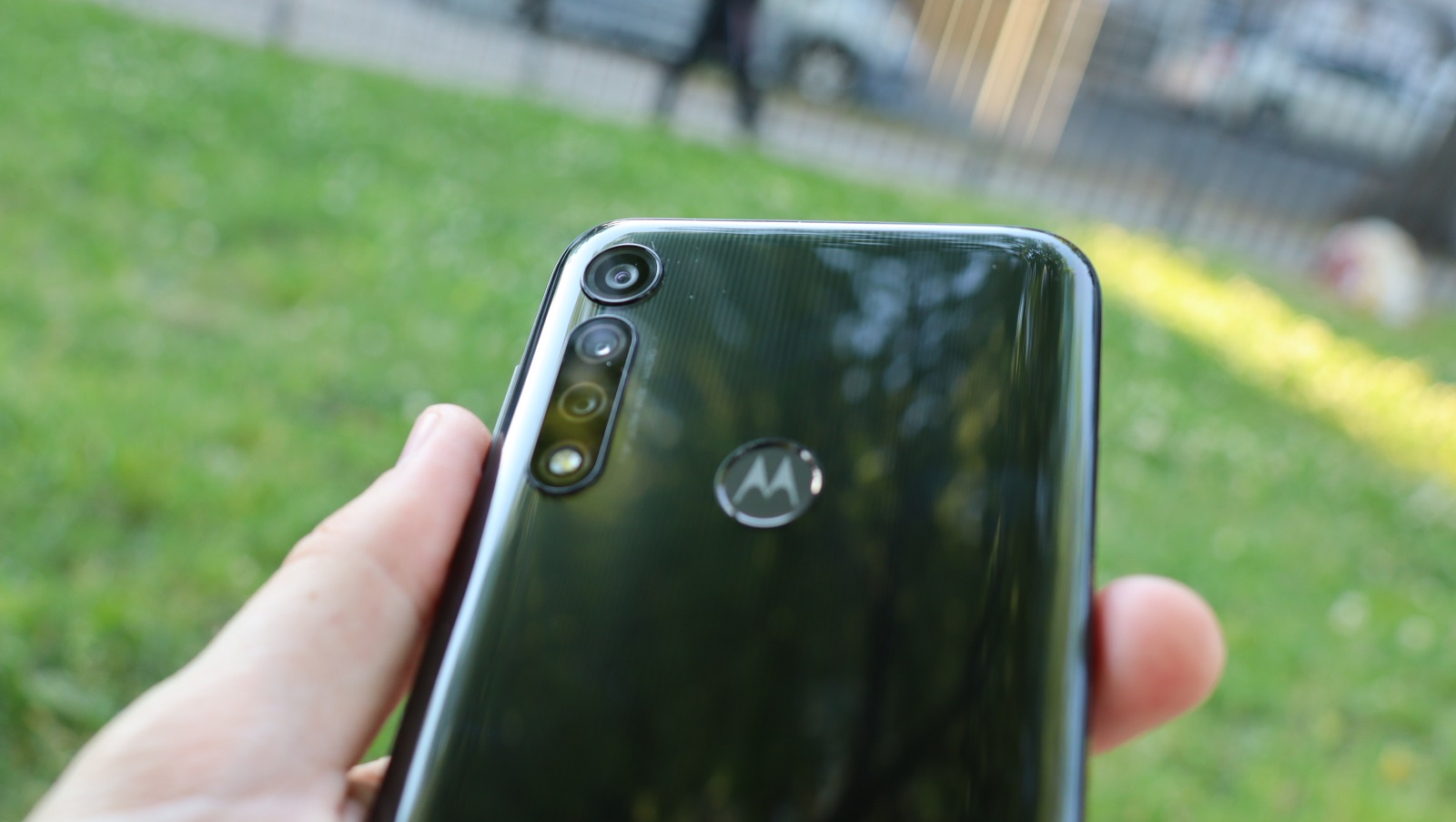
There are two kinds of 'port' in a smartphone. One is a 3.5mm headphone jack - that's the small circular one you plug headphones into. Lots of phones don't have these any more, partly because companies want you to buy wireless headphones, and partly because you could use an adapter to plug wired headphones in.
The main port is the one for charging. On Apple phones this is called a Lightning Port, and on most other smartphones it's USB-C, but some older, or more affordable, phones use microUSB which is a bit more fiddly to connect and doesn't support fast charging.
Camera
A smartphone camera consists of two things: a sensor and a lens, but the resulting picture can be good or bad depending on a few more factors.
Firstly, sensor: if you see '12MP', '48MP' or similar quoted, that refers to the megapixels of the main camera, or how many pixels are in the resulting image. A higher-megapixel camera takes higher-resolution photos, though 'high-res' doesn't always equal better.
Different phone camera sensors use different pixel sizes, and in a phone camera bigger pixels 'see' more light and make resulting pictures look brighter and better. One 48MP phone camera might take much better pictures to a different 48MP phone camera, thanks to pixel sizes, so resolution isn't always a great point of comparison.
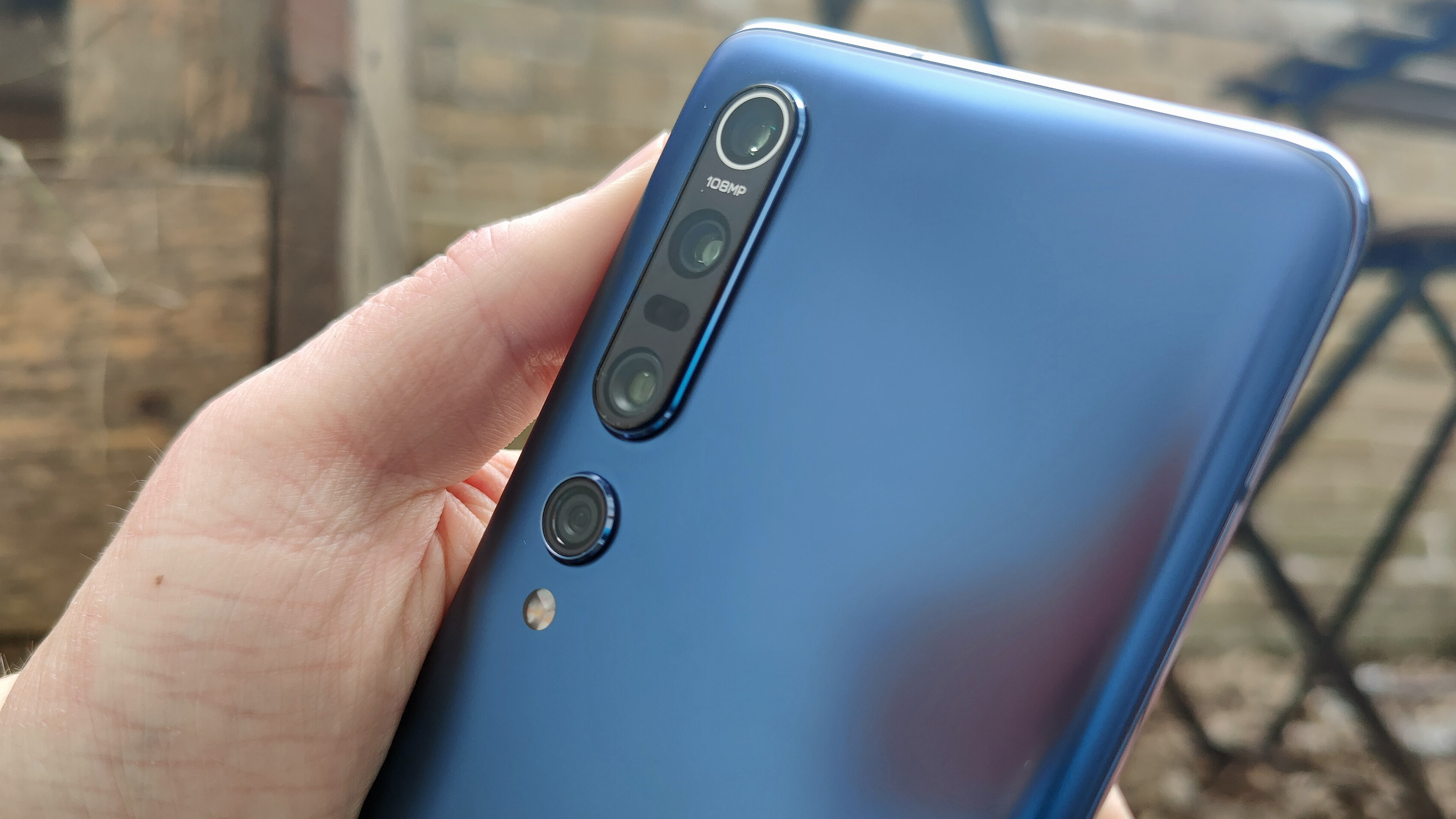
Next, lenses: these are like the lenses in glasses, and they change what the sensor 'sees'. The main camera on a smartphone camera will have a 'wide' or normal lens, and this is the snapper you use to take normal photos. But if a phone has multiple cameras, the other shooters will generally have different lenses.
Ultra-wide lenses increase the field of view, or what the sensor sees, which is great for photographing large groups of people or wide vistas. Telephoto lenses are for zooming in - usually if you zoom in on a picture, the phone actually just takes a normal picture and crops it for you, but with a telephoto or periscope lens the device actually zooms in properly, so resulting images will look better.
Macro lenses are used to take close-up photos of things like flowers or food, and you might also find ToF (time-of-flight), depth sensing or laser autofocus auxiliary cameras, which are used to 'see' depth in photos, and create more accurate background blur.
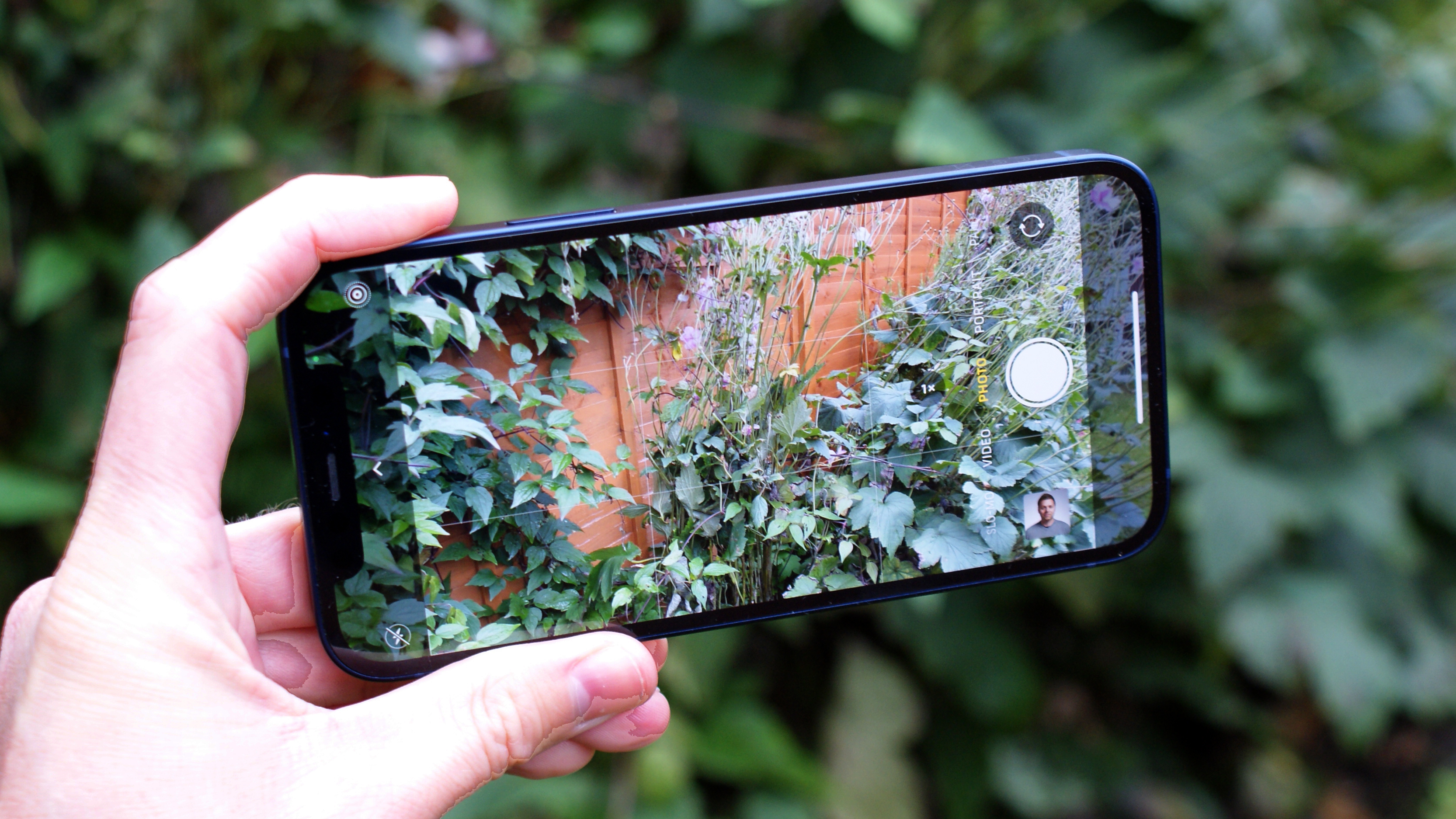
Once you've taken a phone photo, your smartphone may use artificial intelligence to secretly edit it a bit, to make the photo look better, and different companies use different AI algorithms to do so. As a result, some companies are known for having great optimization to tweak pictures, even if the lenses or sensors don't seem great on paper.
Samsung, Apple and Huawei are all known for employing great AI optimization, and Oppo and Xiaomi are both catching up in that regard. However, the power of this optimization isn't just dependent on brand, as more powerful phones do it better - check out the Internals section so you can work out if you're looking at a powerful phone or not.
Internals
A phone's chipset could best be considered the 'brains' of the device, as it dictates how powerful, or 'smart' the thing is. A better chipset means the phone will load apps quicker, play games with better graphics, and edit videos and photos quicker, among other things.
Most phones use Qualcomm Snapdragon chipsets, as the company makes plenty for different types of phone. Its 800-line is its powerful line-up, whereas the 600- and 700 ranges are midrange, and the 400 line is for affordable phones. Higher numbers of Snapdragon are better - the 865 is the best chipset from the company this year, and the 765 is a good mid-range one, which beats out the 730. Similarly Snapdragon 665 just beats out its predecessor 660.
Apple devices use its A Bionic line, and it puts out a new version every year. In 2020 the iPhone 12 range uses A14 Bionic, which beats the A13 Bionic from 2019 and so on. While for phones this means each year the version gets more powerful, as you'd expect, it's useful to know for iPads, as the company sometimes uses older chipsets in cheap iPads, and this is a useful thing to know to compare.
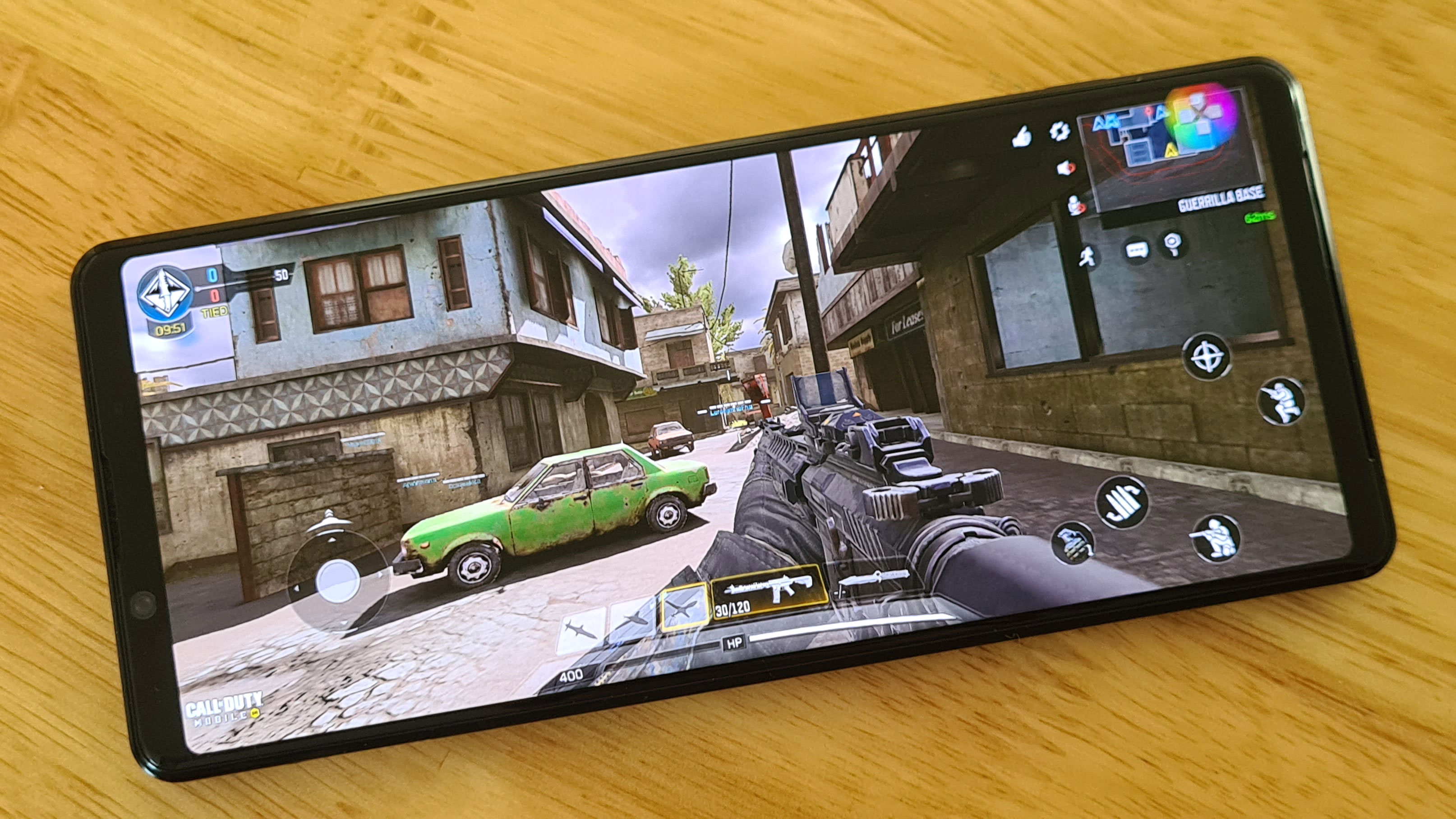
Huawei and Honor handsets use its own Kirin line, which generally consists of two lines, the 900 series and 700 series. 700 is for mid-range or affordable phones, whereas 900 (which has now actually gone up to 1000) is for its top devices. The top Kirin chipsets are comparable to the 800 series of Snapdragon, though they sometimes exceed them in benchmarking scores.
In some regions, but not others, you'll see Samsung's Exynos chipsets. For different phones, and in different places, the company will either use Exynos or Snapdragon, and there's sometimes little rhyme or reason to which it'll use. Either way, Exynos chipsets usually match, or flag a tiny bit behind, the Snapdragon chipset the same phone uses in different regions.
Finally, there's MediaTek, which generally makes low and mid range chipsets. Phones with these won't always be too powerful, but they'll usually be more affordable than the competition. Consider these on par with Snapdragon's 400 or 600 series.
That's chipsets out the way, but we're not done yet. There's also RAM to consider, which impacts the performance of a phone but to a lesser extent than the chipset. Cheap phones might have 2GB or 3GB RAM, where mid-range ones might have 4GB, 6GB or 8GB, and premium ones will have 8GB or 12GB (and some 16GB). Higher RAM will give a phone a bit of an edge, but not to a huge degree.
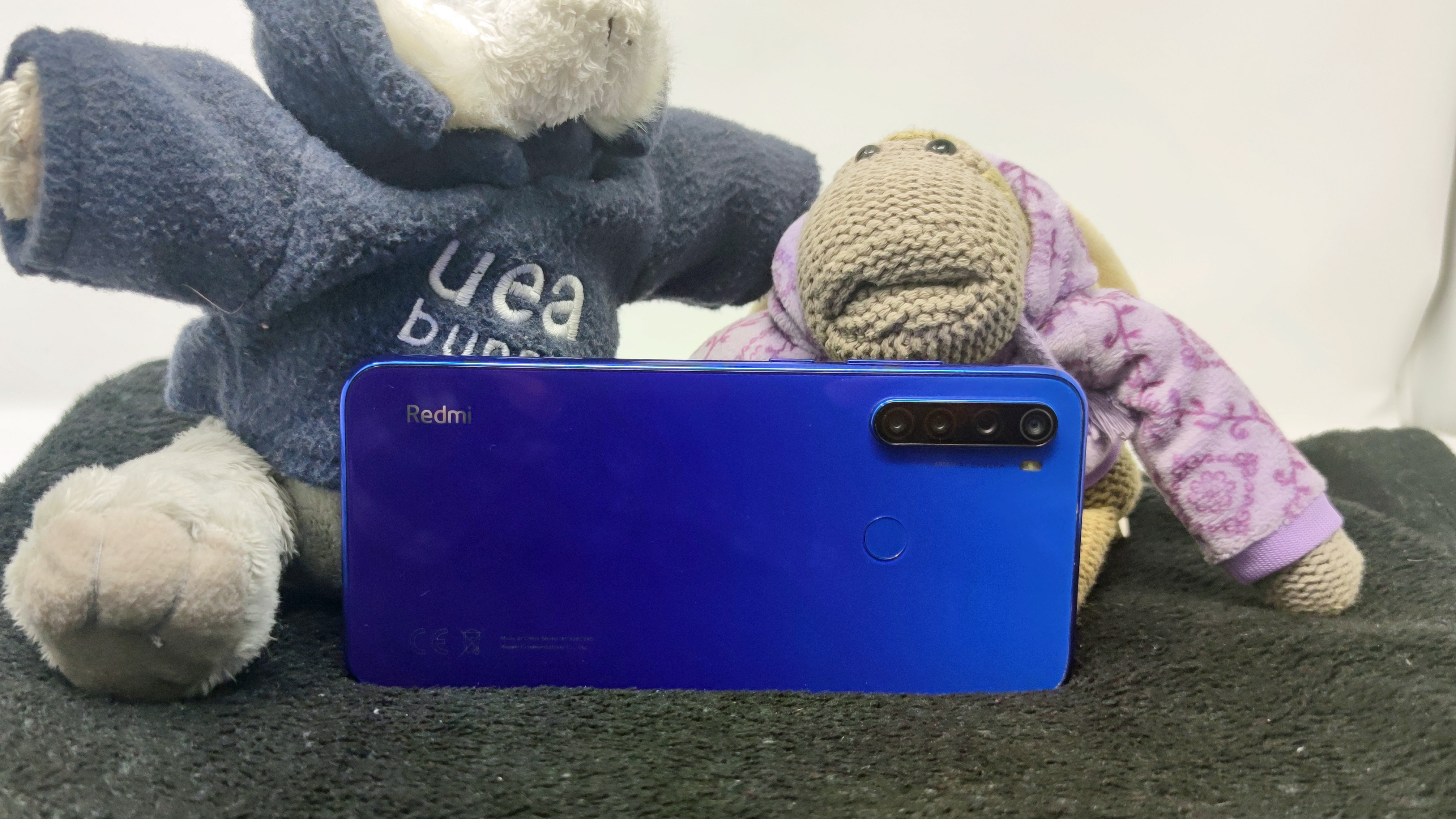
Finally, storage - this dictates how many apps, photos, videos, songs and more you'll fit on your phone. The lowest you'll generally see is 32GB, which will fit you a fair few photos and songs but not many apps or videos, and the next step up is 64GB, which will get you more space, but is still generally considered on the low side.
The next step up is the popular one - most people find 128GB enough, as this will fit you loads of apps, Netflix downloads photos taken from your camera and more. Some users might prefer 256GB though, and one or two phones even reach 512GB, with which you'll almost certainly never run out of space.
Generally if you just need a phone as a social media device and music player, 64GB might be enough, but many would argue it's better to be safer with 128GB if you can. We generally wouldn't recommend settling for 32GB - that's unless the phone has 'expandable storage', which means you can insert a memory card in to get more space.
Battery
When you're looking at a phone's battery, the mAh refers to the capacity. Speaking very generally, around 4,000mAh is the average - some phones have capacities down to 3,000mAh, which could be considered rather low, or up to 5,000mAh, which we'd call fairly big.
You can see a rare few smartphones with batteries above 5,000mAh, but generally that's the upper limit you'd see.
So if you care about battery capacity you should only buy 5,000mAh phones right? Well, not quite. Many phone makers use software optimizations to ensure the phone uses little battery, so some 4,000mAh phones could last longer than a 5,000mAh one.
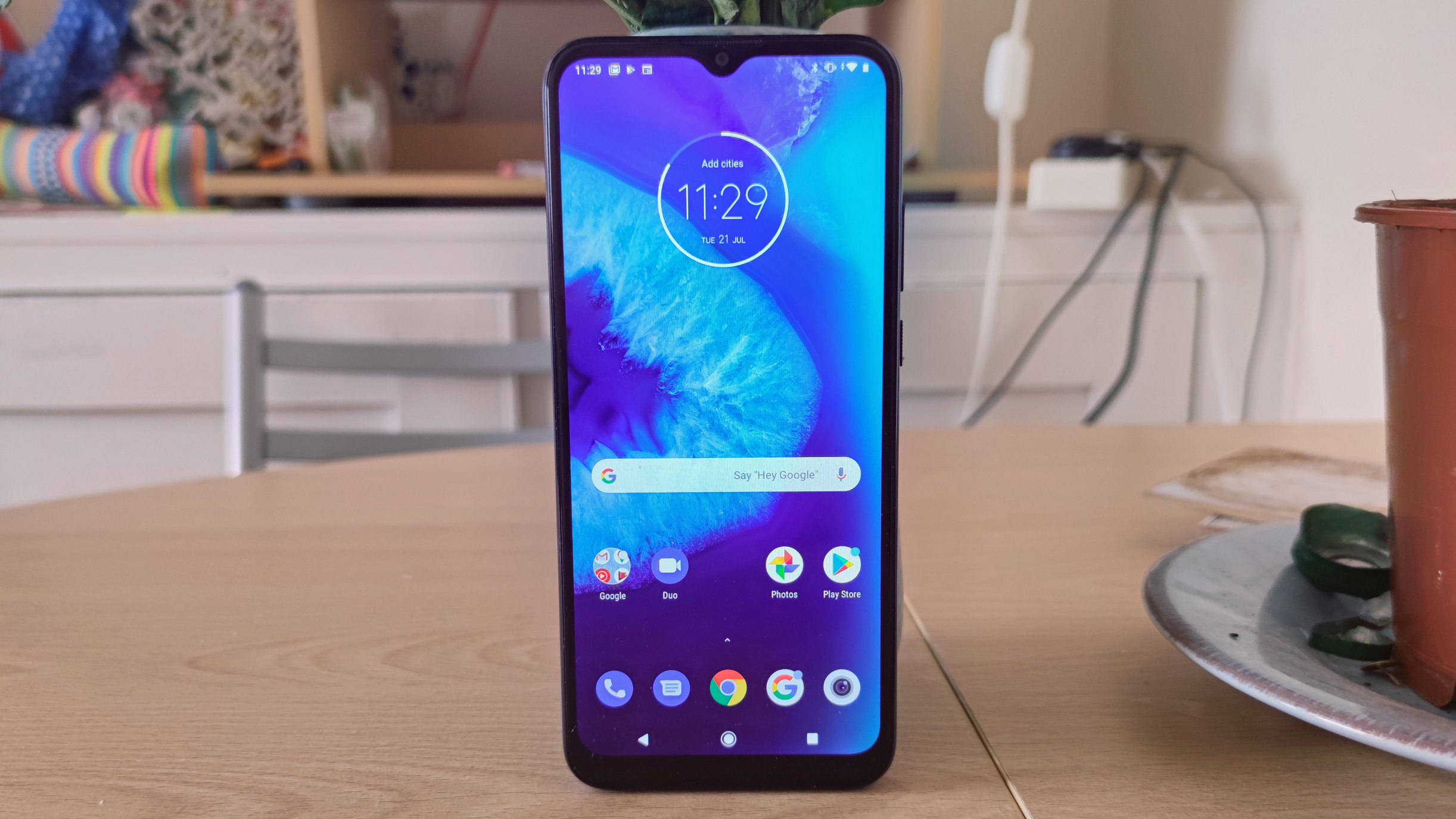
In addition smaller screens, and weaker chipsets, use less battery than bigger displays and more powerful processors, so a lower-spec phone might end up lasting a lot longer than a higher-spec device with the same battery. Therefore, use battery capacity as a rough guidance but not as a firm indicator of what phone to go for.
Or, read TechRadar's review of the product where we'll give you our full verdict on the battery life and how long we found it would last.
What about charging? The W after a number refers to the wattage, or charging speed. This can range from 10W from some phones to a whopping 90W on others, and even up to 125W on a few phones that have been unveiled but aren't readily available yet.
Generally, we'd call charging up to 25W 'slow' while around 30W is average, and above that is fast. The time it takes to power up a phone also depends on the actual size of the battery - of course a 4,000mAh phone will charge quicker than a 5,000mAh one. Some companies use optimizations to increase charging speed too.
Finally, let's look at wireless charging and 'reverse wireless charging'. The former refers to when you put your handset on a wireless charging pad and it powers up, saving you the hassle of charging wires.
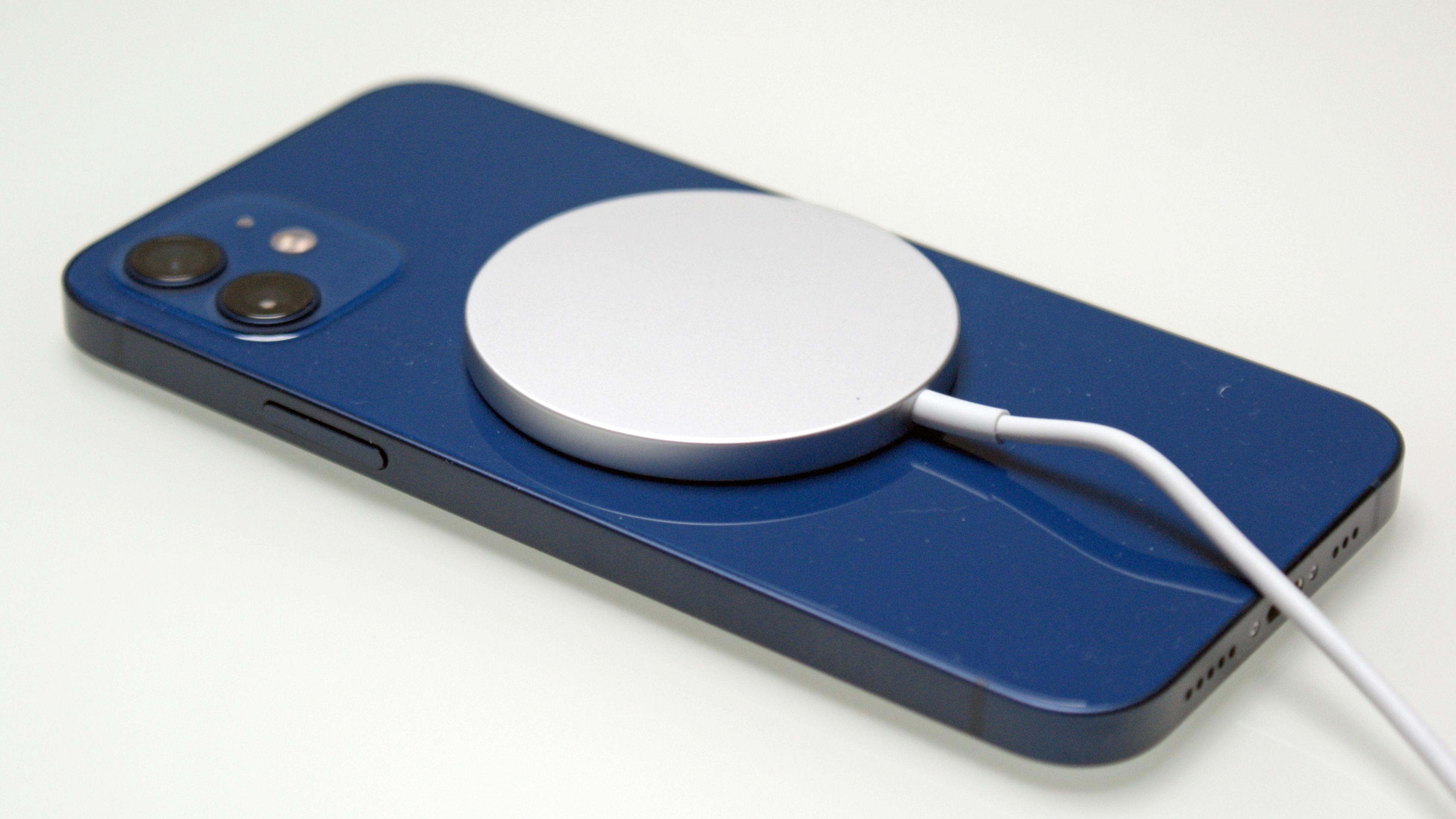
This is often slower than wired charging and you need to buy the charging pad, but it's super convenient. Reverse wireless charging is a feature on a few premium phones, which lets you use the handset as said charging pad to power up other devices. It's often slow in practice, and is only useful if you have a smartwatch or earbuds you'd like to charge up wirelessly on the go (that themselves can be charged wirelessly).
Software
An 'operating system' refers to the menus and options you see on your screen when you're using your phone.
The majority of smartphones use Android operating system, made by Google, but Apple ones use iOS. Functionally, Android and iOS work very similarly, but Google tends to bring new features a little ahead of Apple.
We'd recommend checking what phone you use now, as it's easiest to set up a new phone and bring over old apps if you stick to the same operating system. You'll also be more used to how it looks, feels and runs.
When looking at Android phones, you might hear about user interfaces, and these are basically 'skins' some manufacturers bring to Android to bring their own tweaks to it.
Samsung uses One UI, Xiaomi uses MIUI, Huawei uses EMUI and so on, while 'stock' or 'vanilla' Android refers to the basic version made by Google.
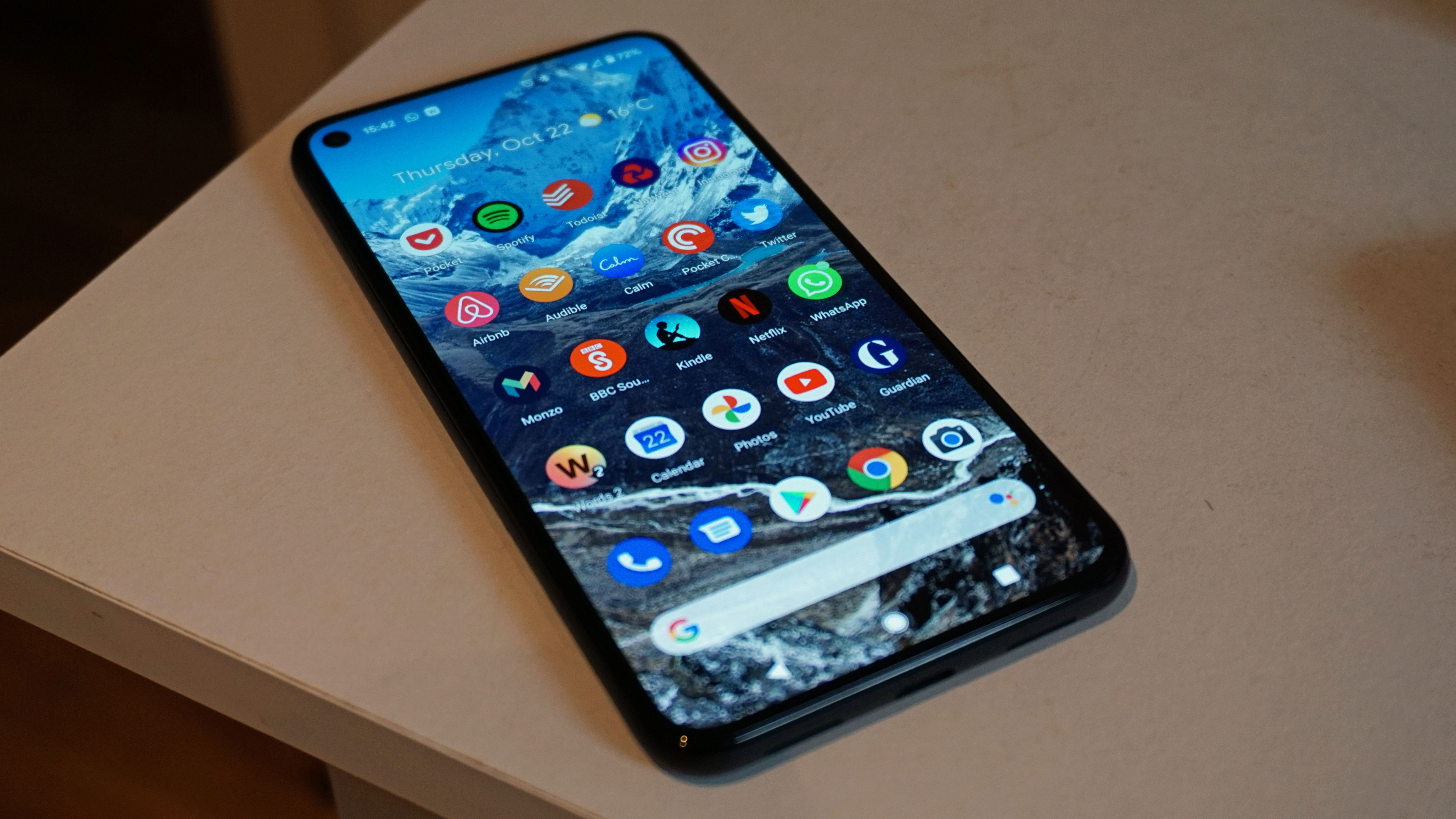
Mostly these UI tweaks change the appearance of the menus - EMUI makes it look very bright with bold colors, for example, while OneUI uses a more pastel design that's calming to look at. Most UIs have extra features to appeal to people though - OnePlus' OxygenUI has a Zen Mode for helping you reduce screen time, and UIs made for gaming phones often have special 'gaming modes' that emulate a games console experience.
If a phone you're considering uses a certain operating system or user interface, we'd recommend quickly Google Image searching it to see if you like the way it looks.
We should mention Huawei phones though - they're technically Android phones, but due to some tech-world-drama back in 2019, they don't come with plenty of the core Android apps including Play Store. Since Play Store is where you get most your new apps on an Android phone, this can be a bit of a problem.
Instead Huawei phones use the company's own AppGallery, which to be fair has quite a few apps, but most of the big ones (social media, movie streaming, big games) are still missing. So if you're coming from another phone and want all the same apps, you'll be disappointed.
- Check out our Black Friday phone deals guide for all the sales live now


No comments